Spending holidays in France for a river/channel cruise, driving a “bateau sans permis” is a fullylearning experience.
France, as other European countries crossed by navigable rivers, has inherited from its glorious past(since the times of the Roman Empire) an impressive network of fluvial routes for commercial traffic and transport.
In fact over the centuries, the main rivers like the Rhone, the Rhine, the Marne, the Meuse etc. (andtheir large tributaries), have been connected through the creation of artificial channels, in order to avoid the transshipment of the goods.
Bright examples are:
– the “Canal du Midi” connecting the Atlantic coast to the Mediterranean one;
– the Rhone-Rhine channel, allowing to increase the trade with Germany;
– Marne-Rhine channel in the north-east of the country.
Cruising along these beautiful landscapes, is not just the occasion to admire natural oasis, but also to see how strong is the link of small villages, cities and large towns with their waters and how much they gain from fluvial economy:
– factories with their own docks are able to load/unload raw materials (grain, animal feed, cement, coal, etc.) to be transported bulk by large barges;
– transport of industrial products (i.e. cars) on immense barges;
– extensive farming and breeding;
– hydro-power stations;
– shipyards;
– locks and bridges;
– fluvial tourism facilities like marinas with their services, rentals, restaurants, public transport&parking facilities, bicycle lanes, trekking paths.
In fact, while VNF (Voies Navigables de France) is the State company operating the system of locks, large private boat rental organizations have developed their fleets in these decades, till the establishment of a network of fluvial ports, with workshops, connection to utilities, toilets&showers, etc at disposal of all cruisers.
Particularly impressive is to perceive the impact of this kind of tourism on micro-economy oflocations generally outside of the main/busiest itineraries:
– small villages, once important trading markets of farm produces and livestocks, handcraftedgoods, etc, nowadays silent places where to have a quite dinner on the dock restaurant, buy some local product (Maseille soap, Provencal fabrics, wine, charcuterie, sausages, mustard, etc.), admire old buildings and gardens;
– the countryside, with woods and trekking routes to explore after docking at a jetty;
– historical cities, to visit, to shop, to have fun.
Quite curious is also to see how many people are usual fluvial tourists and how many persons (mostly retired couples) have chosen to live on a boat the whole year or most of the year, cruising around Europe or staying parked at a dock.
When we speak about “sustainable tourism”, fluvial tourism surely is a model of small-scale, labour intensive, customized service, high added value activity to look at.
Particularly indicated for families (average rental prices are reasonable and local services cheap enough), since boys and girls may experience the opening and closing of a manual lock, operating automatic locks by themselves, supporting parents in cruising operations, discovering every day a different landscape, neighbourhood, history and local traditions.


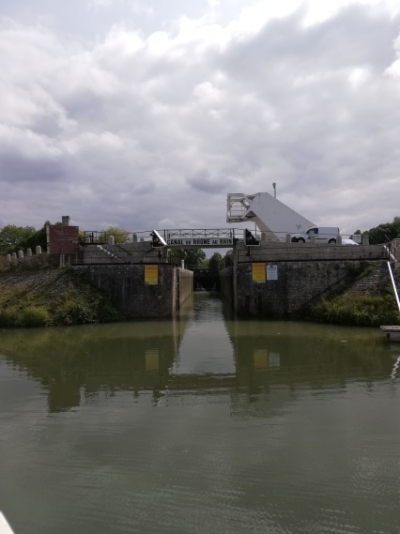
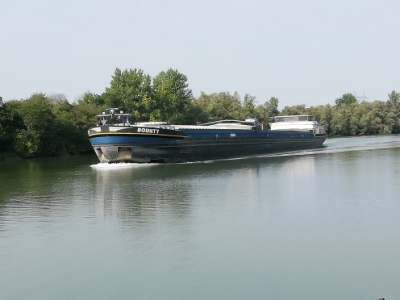
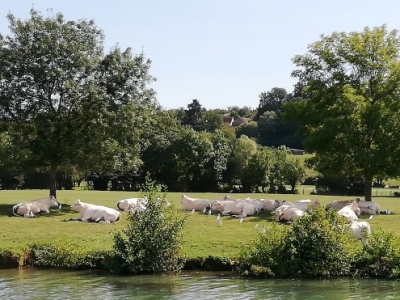
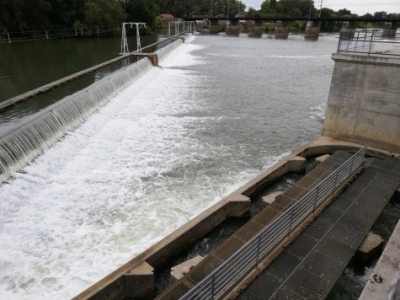
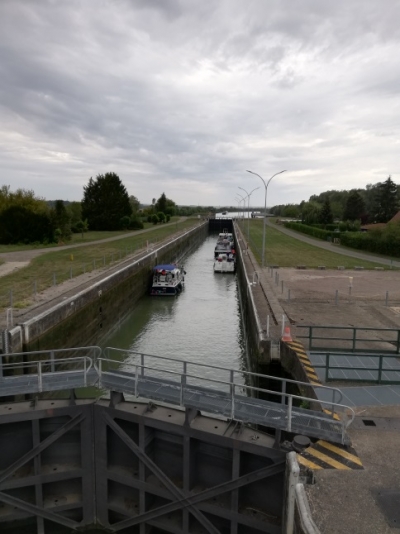
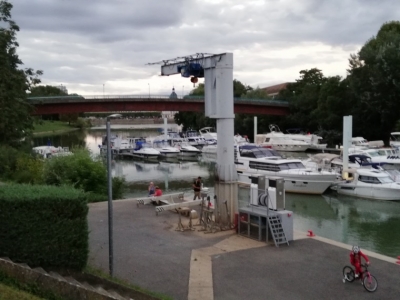
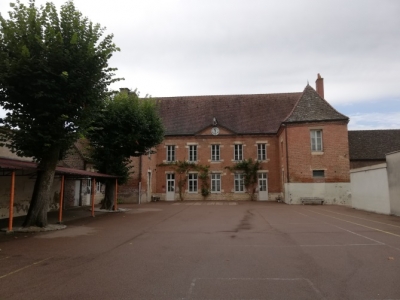

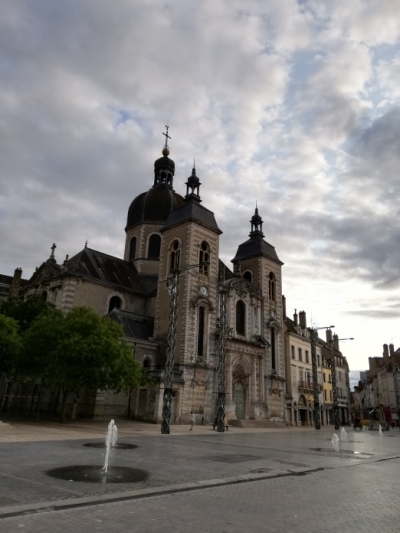
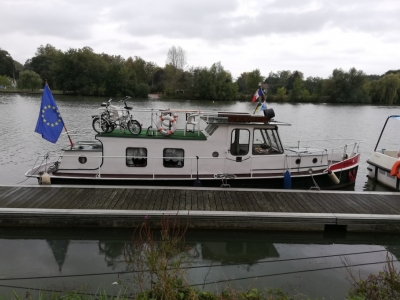
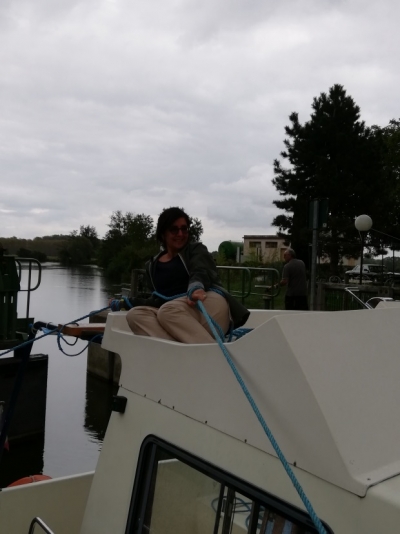
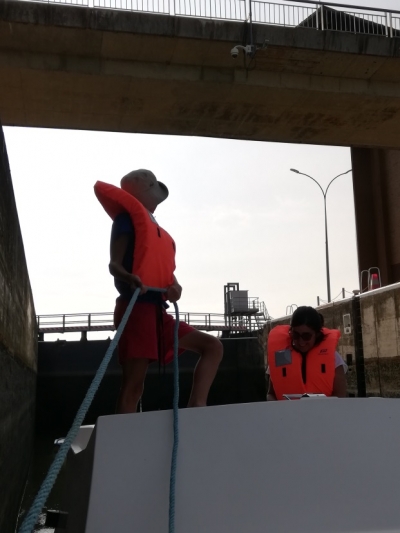
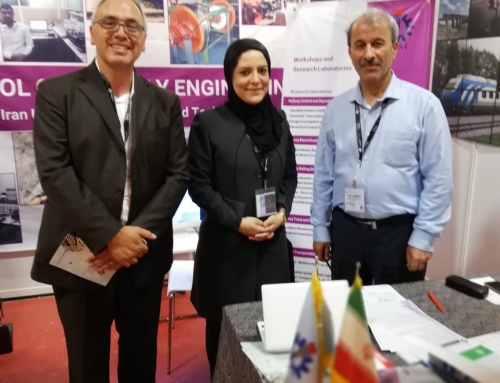
Leave A Comment